Twisters: the real-life science behind storm chasers
Scientists race against time to gather data on 'meteorological mystery'
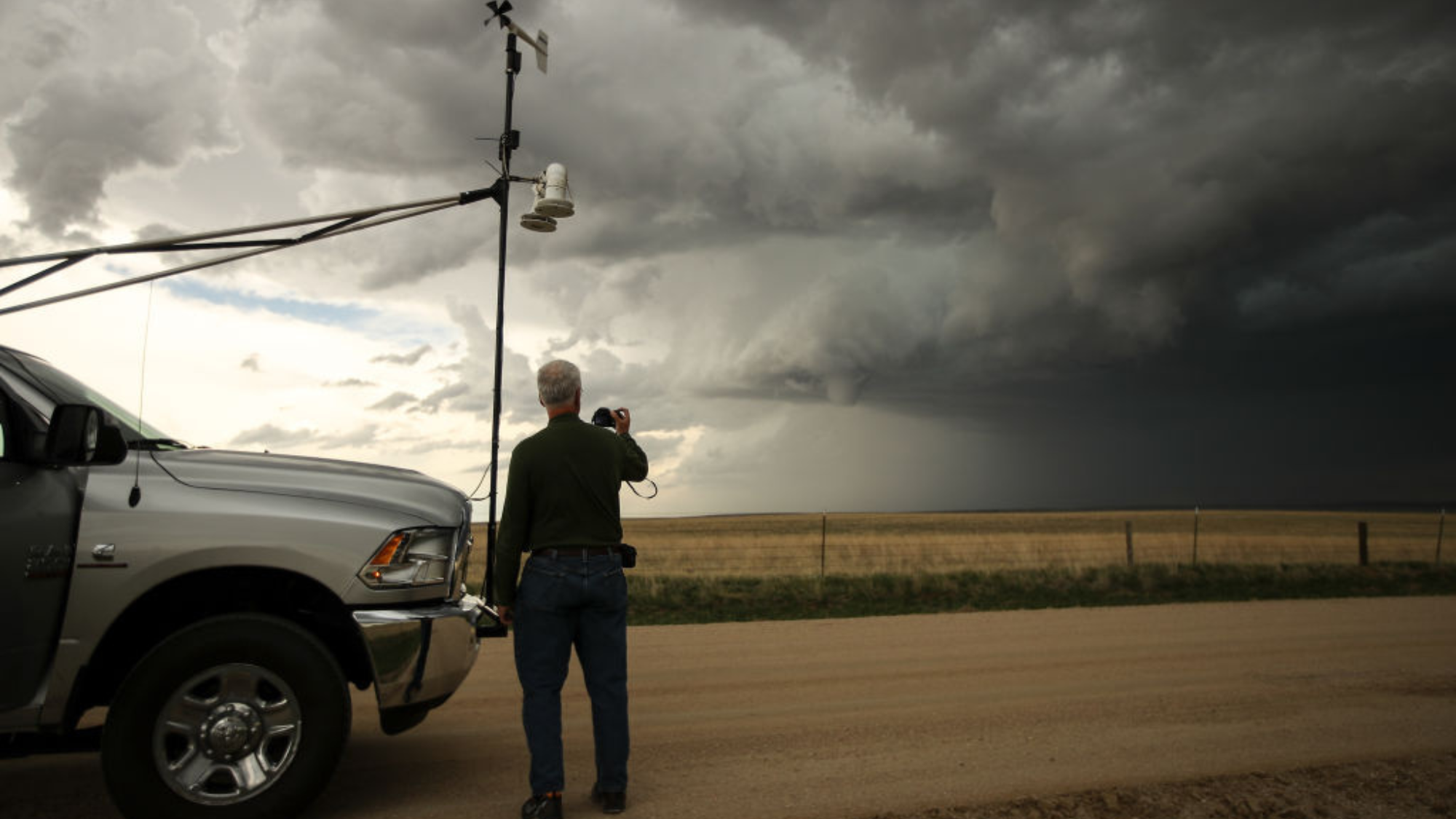
Racing towards a potentially deadly storm may sound like an absurd thing to do – but for some scientific researchers, chasing extreme weather can be enlightening as well as exhilarating.
Storm chasers and their pursuit of tornadoes caught the public's imagination in 1996, with the release of Hollywood blockbuster "Twister". Its sequel, the imaginatively named "Twisters", opens for general release this week, and its creators' are hoping to enthral a new generation of extreme weather watchers.
Unravelling a meteorological mystery
Scientists know a lot more about how tornadoes form and work today than they did for much of the 20th century, said BBC Earth. But why some thunderstorms create "violent" twisters and others don't "largely remains a meteorological mystery". Researchers who chase down storms do so in an effort to make sense of "tornadogenesis", the process by which tornadoes form.
The Week
Escape your echo chamber. Get the facts behind the news, plus analysis from multiple perspectives.

Sign up for The Week's Free Newsletters
From our morning news briefing to a weekly Good News Newsletter, get the best of The Week delivered directly to your inbox.
From our morning news briefing to a weekly Good News Newsletter, get the best of The Week delivered directly to your inbox.
It comes with a number of challenges. Chasers have a "very narrow window to gather their data". They often only have 15 minutes to get into position and get their radars and monitoring equipment set up, and then "the actual formation of a tornado often happens on a time scale of just a few seconds", researcher Robin Tanamachi told the news site. "There's a low probability of success" for an endeavour that is "very costly, both monetarily and time-wise".
Other storms are easier to monitor. "Hurricanes don't take us by surprise", for example, Dave Call, professor in geography at Ball State University, told Vox.They can occur over a "relatively long period of time" and can be tracked by "giant satellites". By comparison the brevity of tornadoes means gleaning useful information is immensely difficult; "the devil is in the details".
Challenges and thrills
Seeing a tornado is "a big rush", said Call, who has chased 19 storms, clocking up a mileage of 130,000 in the process. "It's exciting and amazing. But I always have to tamp down expectations because if you go out there only to see tornadoes, you're going to end up very disappointed". Chasers are "at the mercy of the bigger weather pattern".
It can be highly risky, too. Driving is treacherous and, with visibility sometimes "near zero", chasers can lose their orientation in the storm. Call, who takes students on chasing trips, says they never do so at night, near cities or wooded areas, on motorways, and never alone. And chasers must be sure to "always have at least one escape route", he said.
A free daily email with the biggest news stories of the day – and the best features from TheWeek.com
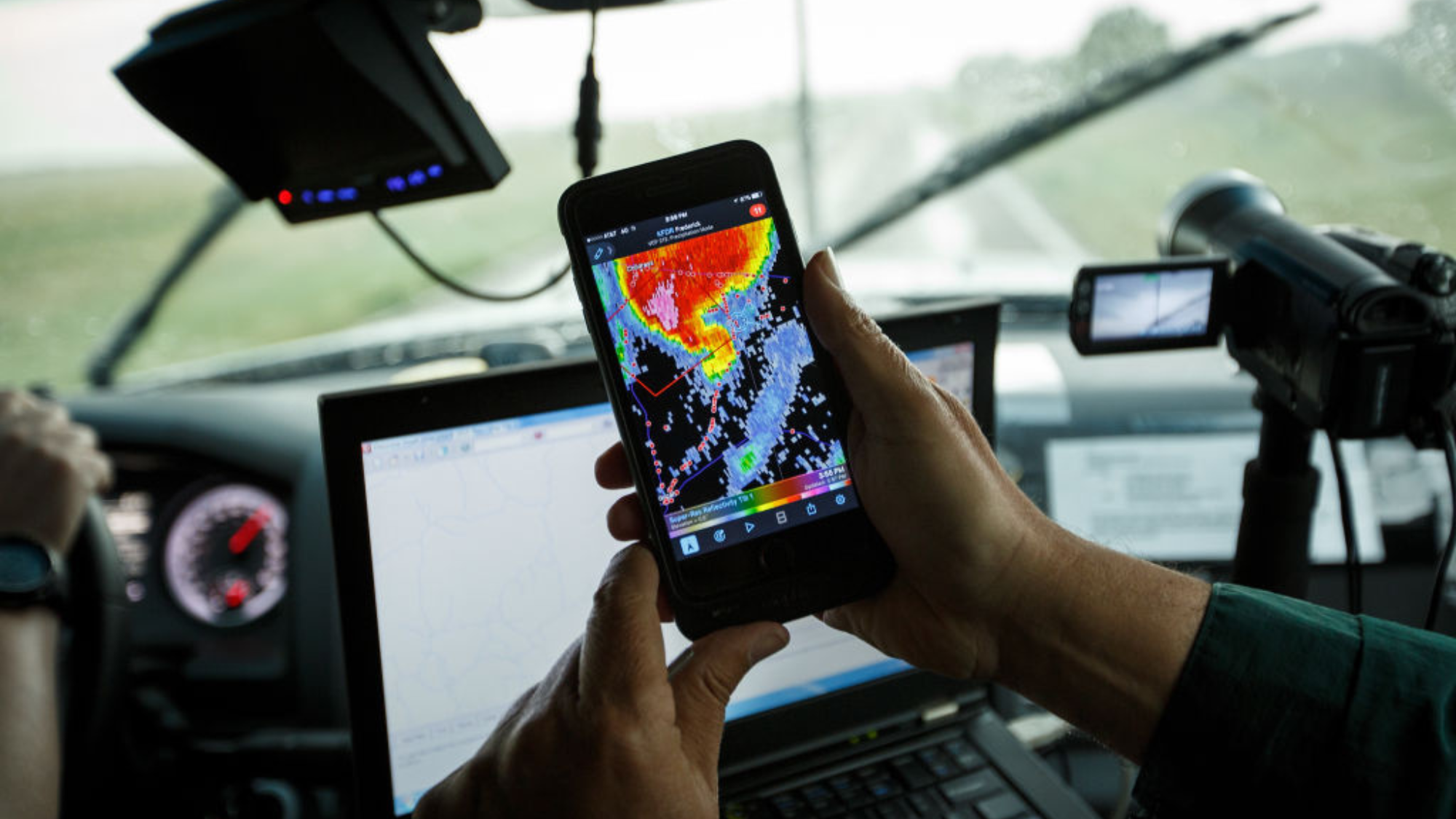
Advances in radar technology have given storm chasers much better insight into where a tornado could emerge
Scientists have to take "calculated risks" when following tornadoes, said Penn State meteorology professors Yvette Richardson and Paul Markowski on The Conversation: researchers need "enough to collect crucial data" while "never putting their teams in danger".
After a storm, "eureka moments" would be nice, but results take time, the pair added. It can take "years" to analyse the information captured during an extreme weather event. The data from the various different pieces of equipment is combined to give a "complete picture of the storm and how it evolved". It's a lengthy process that "takes time and patience". But "the discoveries are often as exciting as the tornado itself".
A cinematic twist
Lee Isaac Chung's film, starring Glen Powell and "Normal People" actor Daisy Edgar-Jones takes "some dramatic licence", said science journalist Alexandra Witze at Nature. But the film is "much more accurate" than its predecessor.
It puts great emphasis on the technological developments that have made chasing a storm much easier today than it was in the 1990s. Back then, other than some satellite information, "it was basically all visual storm chasing", said Call. Nowadays, for the price of a low-cost app, would-be chasers can readily access radar information, and GPS technology has been a game changer, he said.
Things are a little more high tech in "Twisters". The film "shows off" the kinds of "jaw-dropping observations" that the US's National Severe Storms Laboratory (NSSL) has recorded through the use of phased array radar and "sophisticated" weather satellites in recent years, said Nature's Witze. NSSL meteorologist Sean Waugh, who worked as a consultant on the film, even "hand-picked data from famous real-life tornadoes to illustrate similar twisters on the big screen".
The film, he said, has provided "an incredible opportunity to inspire the next generation of scientists".
Julia O'Driscoll is the engagement editor. She covers UK and world news, as well as writing lifestyle and travel features. She regularly appears on “The Week Unwrapped” podcast, and hosted The Week's short-form documentary podcast, “The Overview”. Julia was previously the content and social media editor at sustainability consultancy Eco-Age, where she interviewed prominent voices in sustainable fashion and climate movements. She has a master's in liberal arts from Bristol University, and spent a year studying at Charles University in Prague.
-
 Russia’s ‘weird’ campaign to boost its birth rate
Russia’s ‘weird’ campaign to boost its birth rateUnder the Radar Demographic crisis spurs lawmakers to take increasingly desperate measures
-
 Could smaller cars bring down vehicle prices?
Could smaller cars bring down vehicle prices?Today’s Big Question Trump seems to think so, but experts aren’t so sure
-
 2025’s most notable new albums
2025’s most notable new albumsThe Week Recommends These were some of the finest releases of the past year
-
 Scientists and Peter Jackson attempt to bring back an extinct bird — kind of
Scientists and Peter Jackson attempt to bring back an extinct bird — kind ofIn the Spotlight Colossal Biosciences was the company behind the 'resurrected' dire wolves
-
 Scientists are the latest 'refugees'
Scientists are the latest 'refugees'In the spotlight Brain drain to brain gain
-
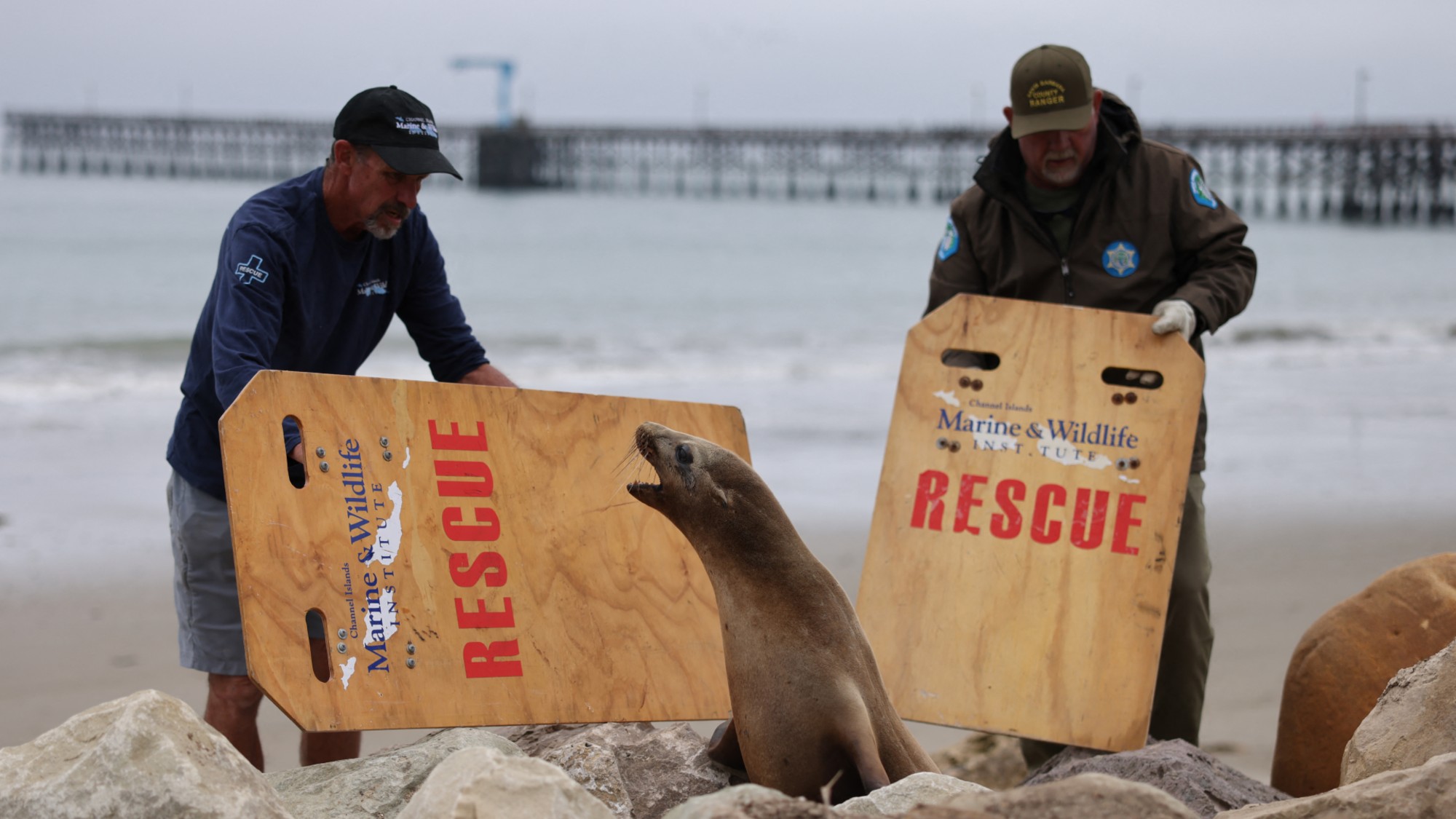 Toxic algae could be causing sea lions to attack
Toxic algae could be causing sea lions to attackIn the Spotlight A particular algae is known to make animals more aggressive
-
 2024: the year of distrust in science
2024: the year of distrust in scienceIn the Spotlight Science and politics do not seem to mix
-
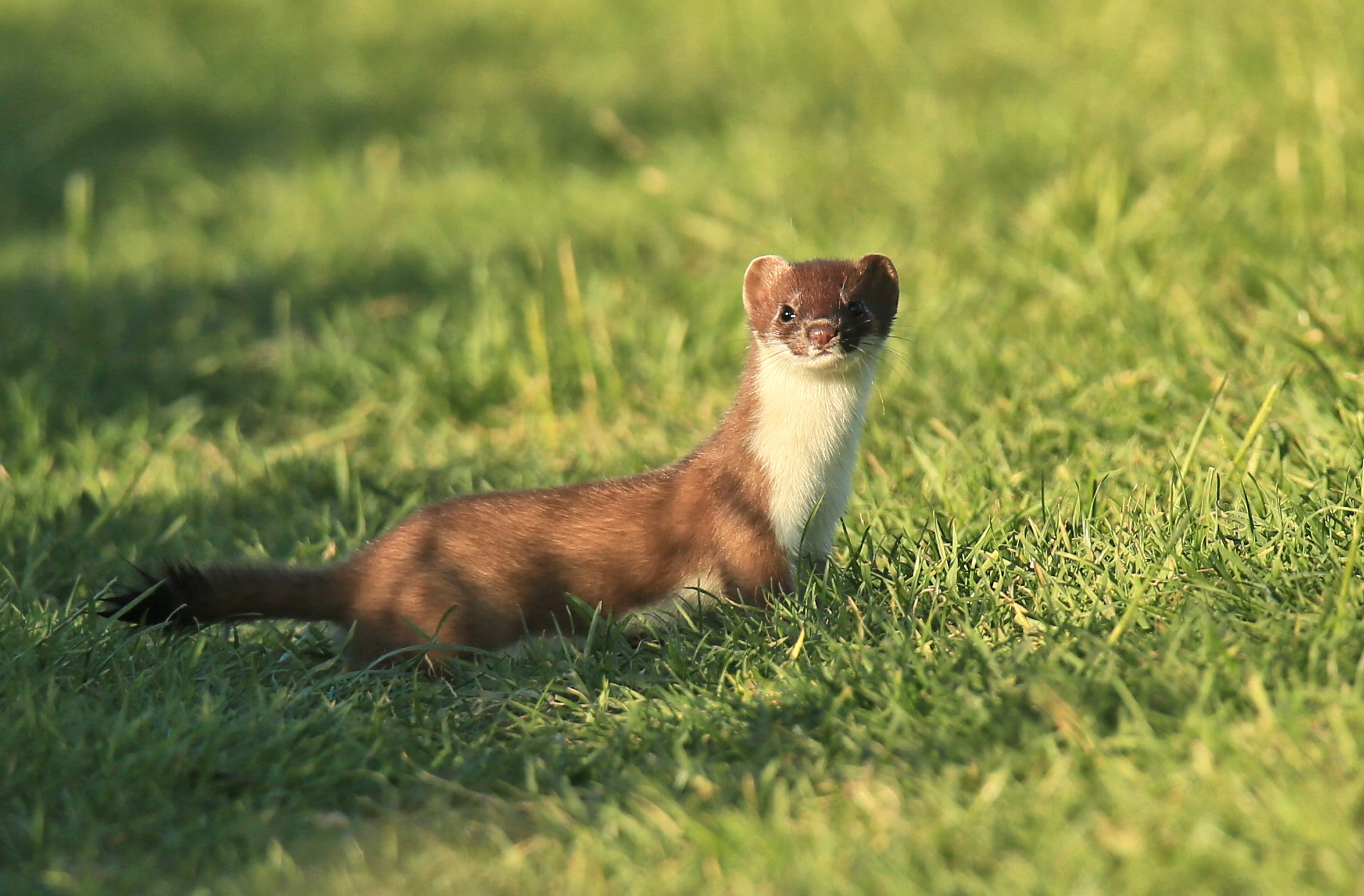 Orkney's war on stoats
Orkney's war on stoatsIn the Spotlight A coordinated stoat cull on the Scottish islands has proved successful – and conservationists aren't slowing down
-
 A Viking Age skeleton discovery could shed light on ancient DNA
A Viking Age skeleton discovery could shed light on ancient DNAIn the Spotlight The 50 skeletons were 'exceptionally well-preserved'
-
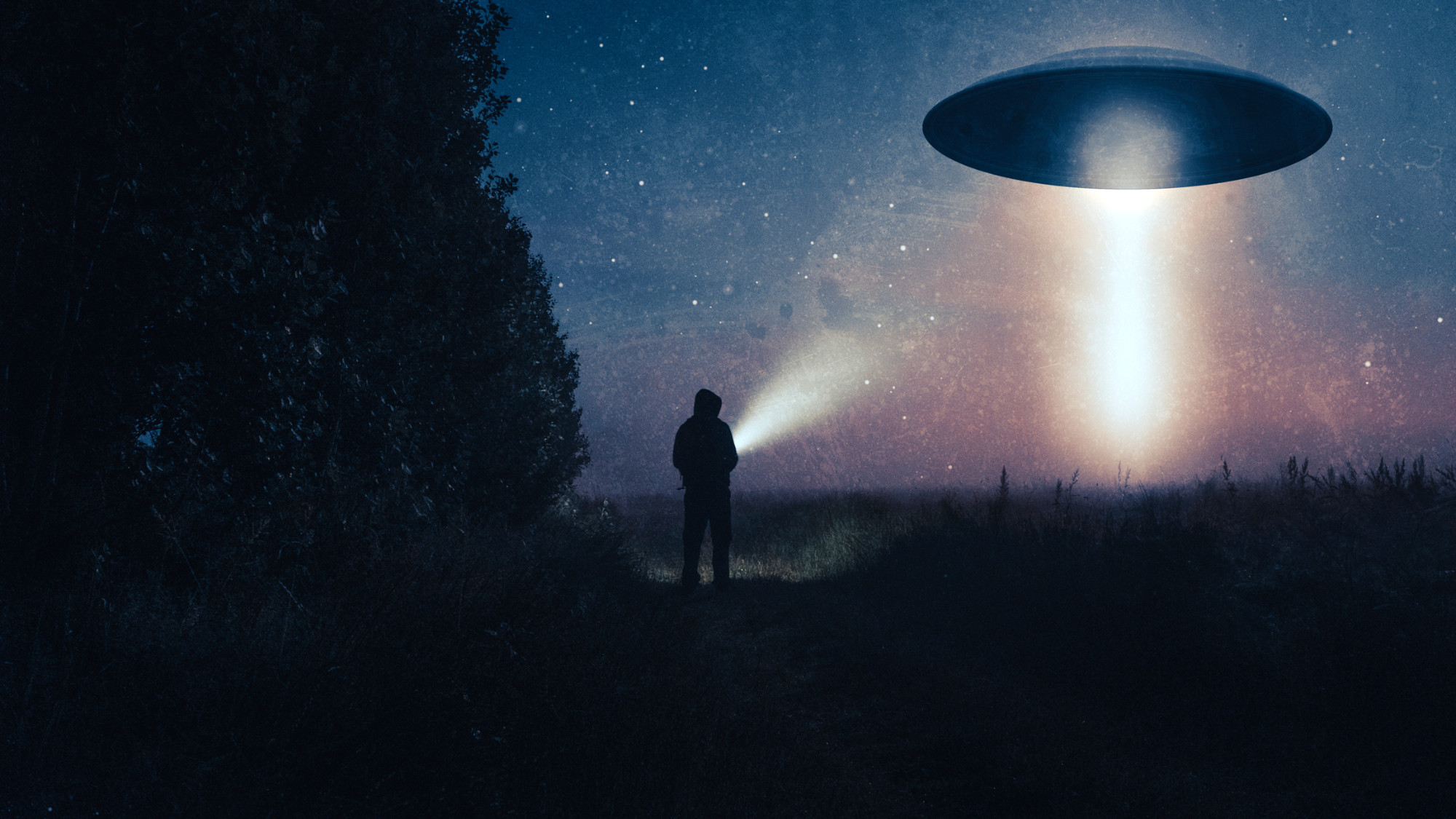 Why more and more people believe in aliens
Why more and more people believe in aliensIn the Spotlight Growing numbers say they have seen a UFO – and even US politicians are getting caught up in the trend
-
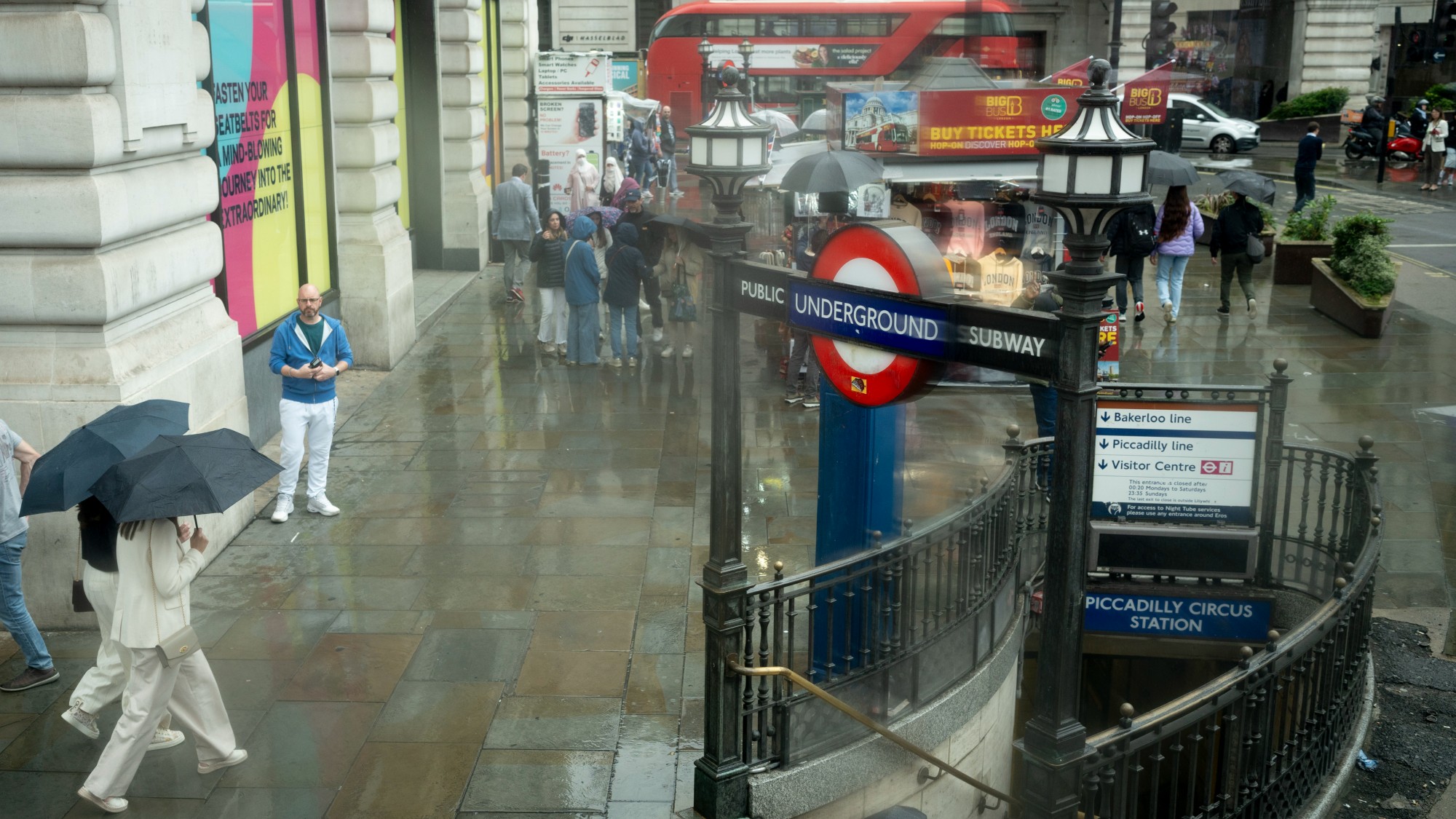 The UK's worsening wet weather
The UK's worsening wet weatherThe Explainer More frequent and intense rain is keeping flood boss 'awake at night'